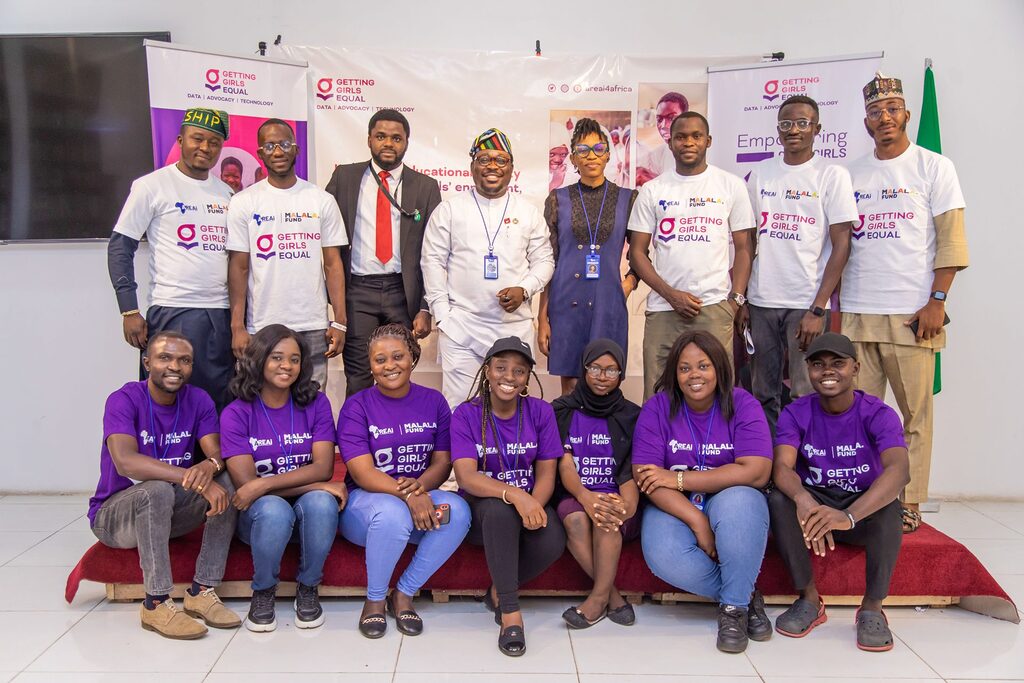Aid for Rural Education Access Initiatives launches the Getting Girls Equal Project with a press conference in Oyo State to address gender disparities and barriers to girls’ education.
Gender disparities in education continue to be a major issue, with girls constituting a large proportion of out-of-school children. With Covid, insecurity, poverty, and child marriage as major contributors to these dismal statistics, and as UNESCO has shown that enrollment in school and transition for girls in low-income countries remains low, addressing these issues remains the highest priority.
In transforming this narrative in Nigeria, AREAi, with the support of the Malala Fund, is on a three-year journey of advocating for millions of girls to exercise their fundamental right to learn in a safe environment, as well as more gender-responsive education policies to encourage girls to stay in school.
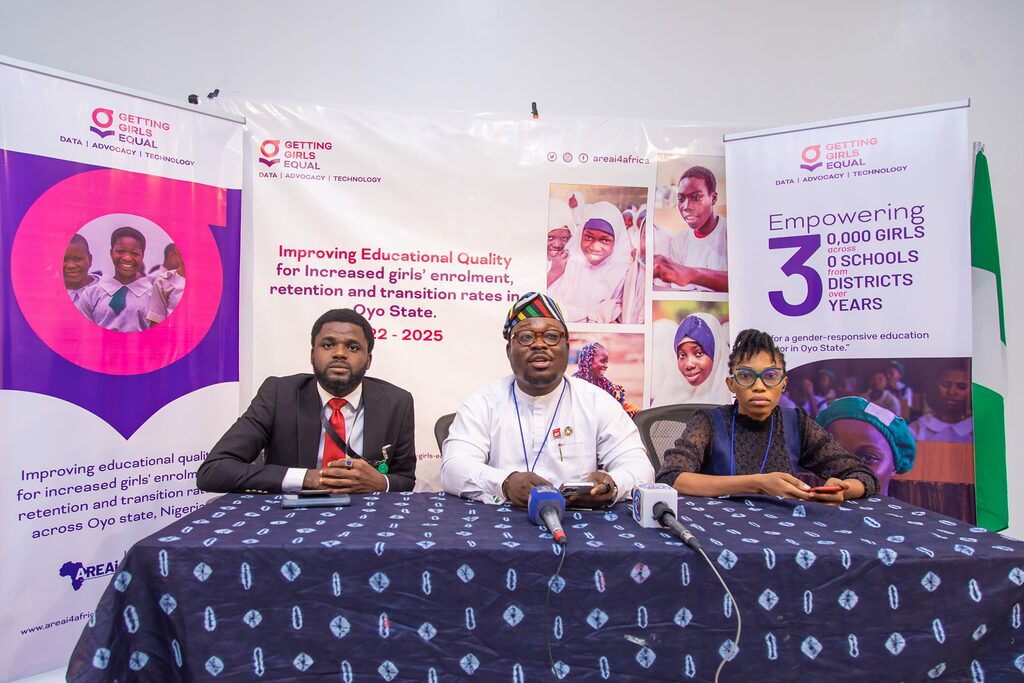
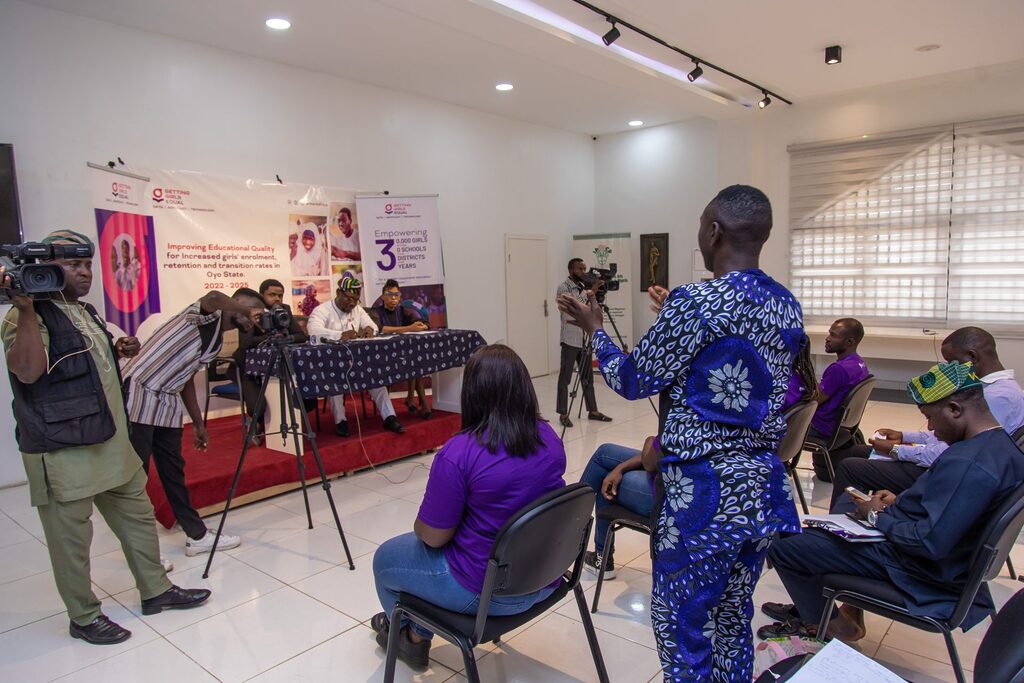
The conference was led by the Chief Executive Director and Malala Fund Education Champion, Gideon Olanranwaju, with key state representatives, the School-Based Management Committee (SBMC), and the Community Laison Group (CLG) in attendance to extensively discuss the education program taking place in Oyo states.
While speaking on the Girls’ Education Intervention in Oyo State, Gideon Olanrenwaju, Chief Executive Director of AREAi, revealed that the program’s overarching objective is to complement the efforts of the state and its leadership to drive a gender-responsive plan that will ensure equitable educational provision for boys and girls with a firm emphasis on addressing gender disparity through the introduction of practical professional development training, the development of digital learning solutions, the provision of key policy recommendations, and the establishment of community support systems that will help us deliver quality learning opportunities for our female beneficiaries.

He further states that “the birth of this initiative is premised on the idealistic acknowledgment of the transformative contributions of the current government of this state, led by Engineer Seyi Makinde, to educational development in Oyo State. Notably, with 18.37 percent of the state’s 2022 budget of “growth and opportunities” allocated to education, the state demonstrates a clear commitment to transforming education across all educational levels.”
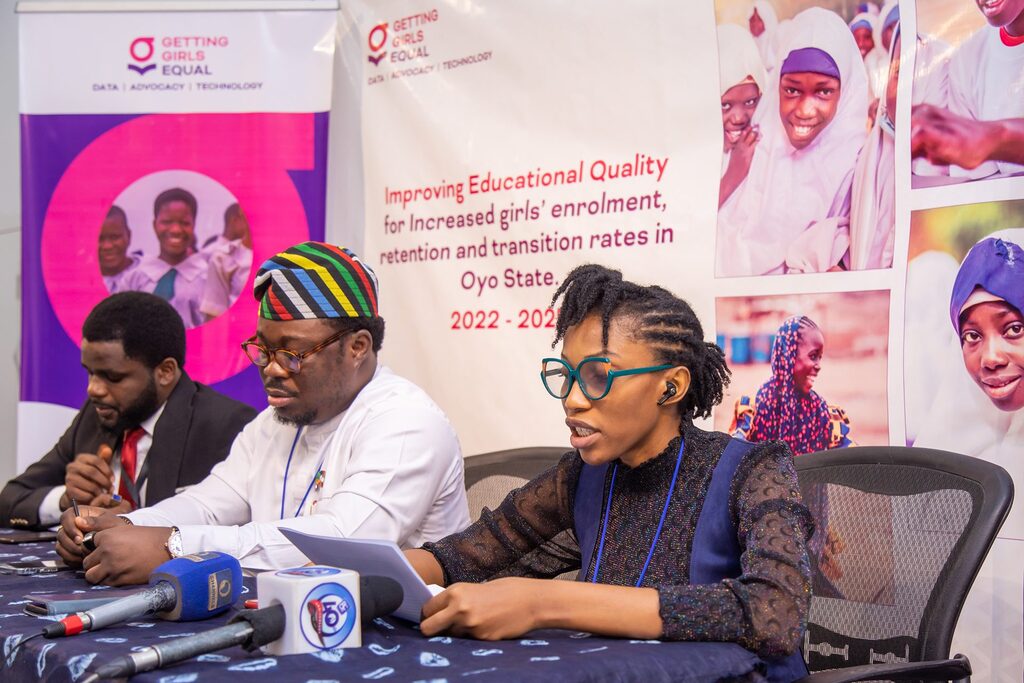
Simeon Edidiong Anthony, Senior Programmes Manager at AREAi, also spoke at the press conference, stating that “the Getting Girls Equal (GGE) Initiative will be working with 300 teachers, providing tailored training to them for improved knowledge, attitude, and practice towards delivering gender-responsive classroom instruction and the use of data for classroom decision making. In addition, a GettingGirlsEqual App will be developed and deployed as an electronic monitoring application to track female students and teachers in order to improve their performance and address any barriers affecting their school attendance rates while engaging with state and local governments in key dialogues and workshops to renew their commitment to policies that strengthen and encourage.”
At the end of the conference, suggestions were made and answered in one-on-one sessions with key stakeholders and the state’s youth on how to amplify better their voice on girls’ education in support of the GettingGirlsEqual program.
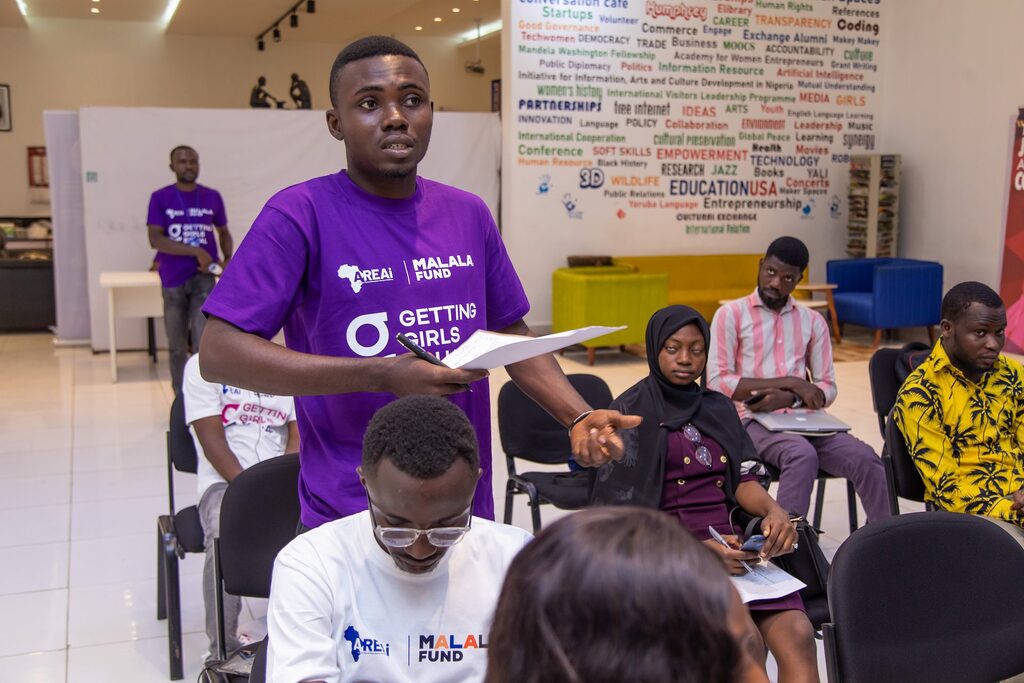
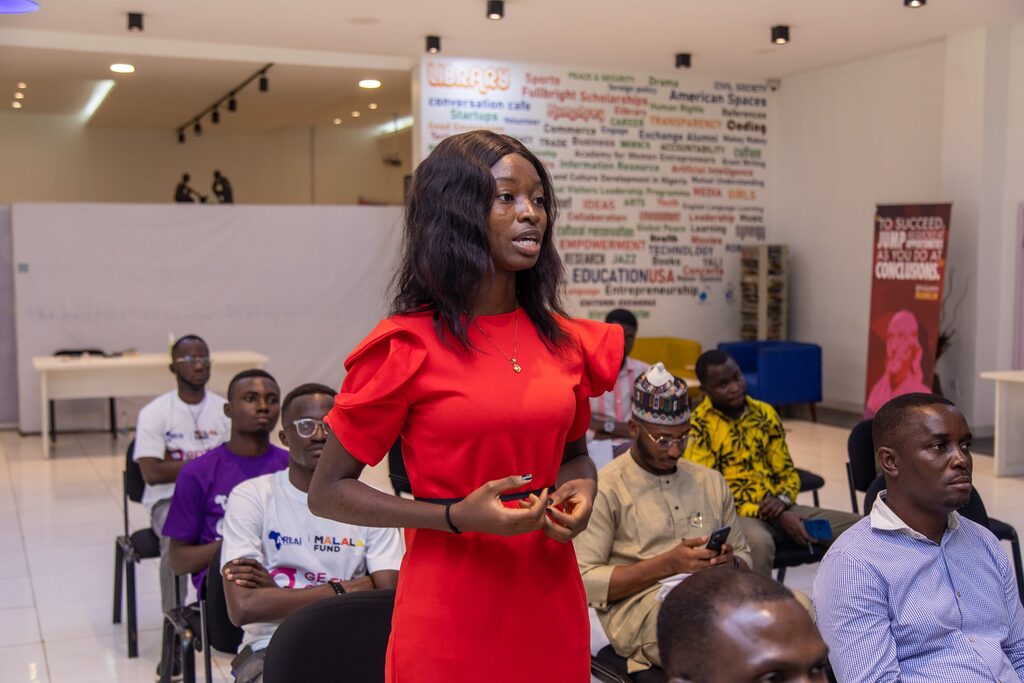
Girls’ Education has remained one of AREAi’s thematic focus areas, with several programs making education accessible to children, including girls, and equipping girls with digital skills to reduce digital disparities, thereby encouraging more girls to pursue STEM careers in Nigeria and contributing to the country’s socioeconomic growth.
Ultimately, the sustainable impact of this program is to increase the number of girls that complete 12 years of free quality education in a safe environment in selected secondary schools starting from Oyo state, as well as to support families and communities in ensuring their girl child completes secondary school education in the 3 senatorial districts of Ogbomosho, Ibadan, and Oyo town local communities, leading to an increase in girls’ secondary education enrolment, retention, and completion.
